Expansion of IoT Applications
The rapid expansion of Internet of Things (IoT) applications in Germany is significantly influencing the 4g lte market. As industries increasingly adopt IoT solutions for automation and data collection, the demand for reliable and high-speed mobile connectivity is expected to rise. By 2025, it is projected that the number of connected IoT devices in Germany will surpass 50 million, necessitating a robust 4g lte infrastructure to support these devices. This growth in IoT applications not only enhances operational efficiency across various sectors but also drives the need for advanced mobile networks. Consequently, telecommunications providers are likely to invest heavily in upgrading their 4g lte capabilities to accommodate the influx of IoT devices, thereby reinforcing the market's growth trajectory.
Rising Smartphone Penetration
The increasing penetration of smartphones in Germany is a pivotal driver for the 4g lte market. As of 2025, smartphone ownership in Germany is estimated to exceed 90%, leading to a surge in mobile data consumption. This trend indicates that consumers are increasingly reliant on mobile applications and services, which require robust data connectivity. Consequently, mobile network operators are compelled to enhance their 4g lte infrastructure to meet the growing demand for high-speed internet access. The proliferation of mobile devices is likely to stimulate competition among service providers, further driving investments in 4g lte technology. This competitive landscape may result in improved service offerings and pricing strategies, ultimately benefiting consumers and solidifying the 4g lte market's position in the telecommunications sector.
Emergence of Enhanced Mobile Services
The emergence of enhanced mobile services, such as mobile gaming and streaming, is significantly impacting the 4g lte market in Germany. As consumer preferences shift towards high-quality mobile experiences, the demand for faster and more reliable data connections is intensifying. By 2025, it is projected that mobile video consumption will account for over 60% of total mobile data traffic in Germany. This trend indicates that telecommunications providers must invest in their 4g lte networks to accommodate the increasing data demands. The introduction of new mobile services not only drives consumer engagement but also encourages service providers to innovate and enhance their offerings, thereby contributing to the overall growth of the 4g lte market.
Shift Towards Mobile-First Strategies
The shift towards mobile-first strategies among businesses in Germany is a notable driver of the 4g lte market. Companies are increasingly recognizing the importance of mobile platforms for customer engagement and service delivery. As of 2025, it is estimated that over 70% of online transactions in Germany will occur via mobile devices, underscoring the necessity for reliable mobile connectivity. This trend compels businesses to invest in mobile applications and services, which in turn drives demand for enhanced 4g lte capabilities. Telecommunications providers are likely to respond by expanding their network infrastructure and improving service offerings, thereby fostering a more competitive environment in the 4g lte market.
Government Initiatives for Digital Infrastructure
Government initiatives aimed at enhancing digital infrastructure in Germany are playing a crucial role in the development of the 4g lte market. The German government has committed to investing approximately €10 billion in digital infrastructure projects by 2025, focusing on expanding 4g lte coverage in rural and underserved areas. This investment is expected to bridge the digital divide, ensuring that all citizens have access to high-speed mobile internet. Furthermore, regulatory frameworks are being established to facilitate the deployment of 4g lte networks, encouraging private sector participation. As a result, the 4g lte market is likely to experience accelerated growth, driven by increased accessibility and improved service quality across the nation.


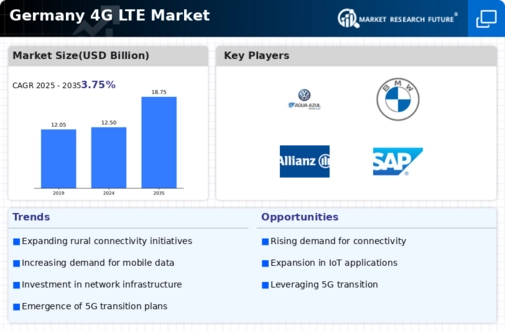

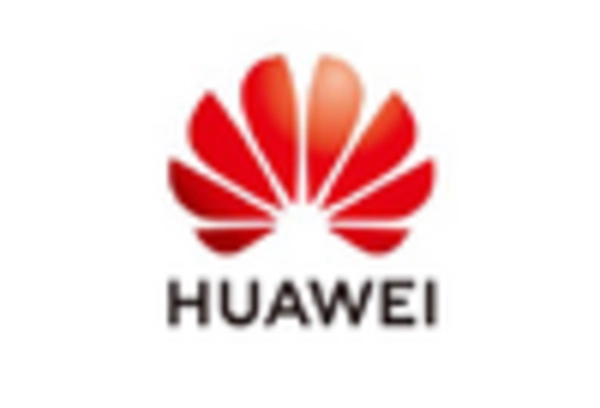
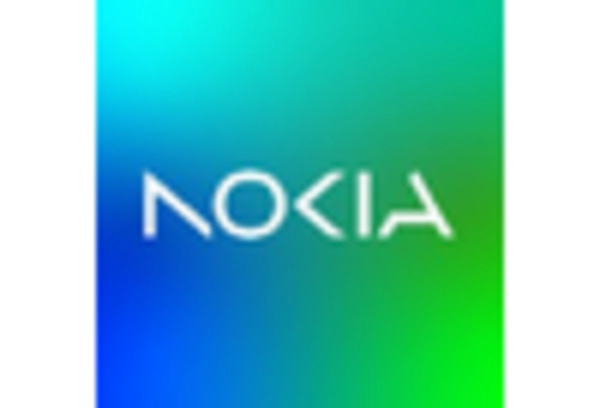
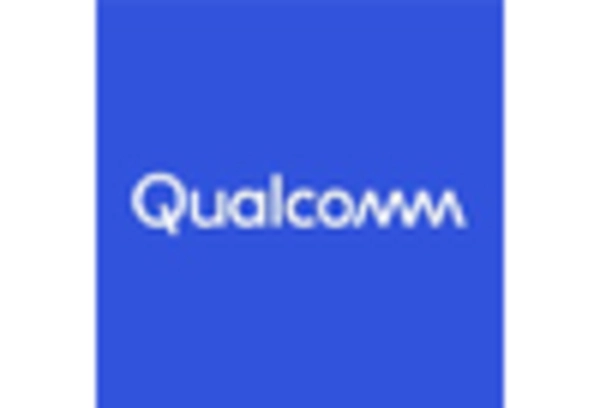

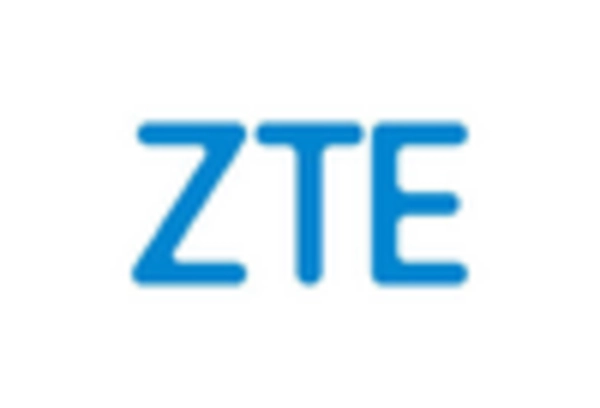








Leave a Comment